Inspired by nature, powered by science.
Recycle your food waste in three easy steps.
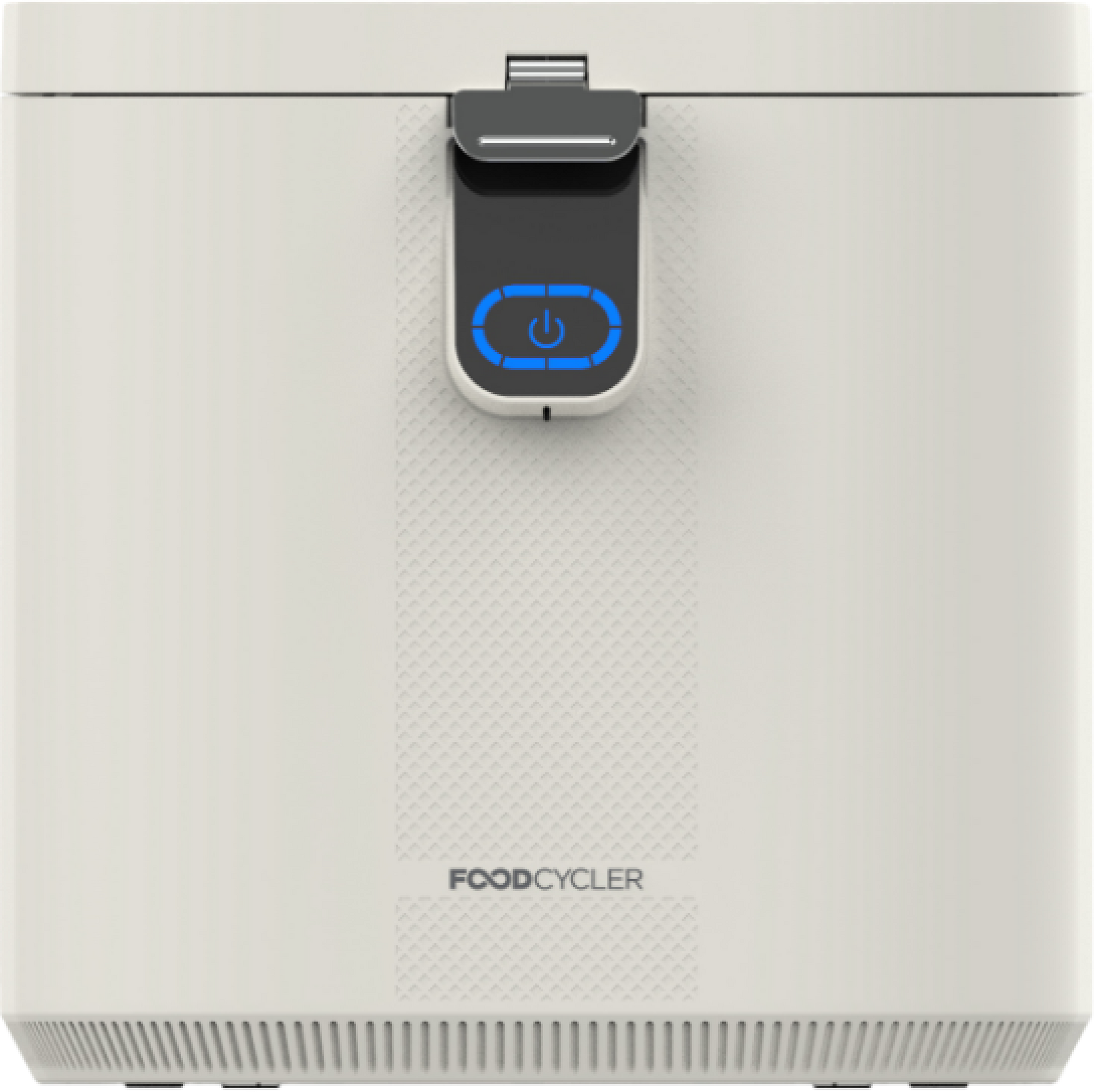
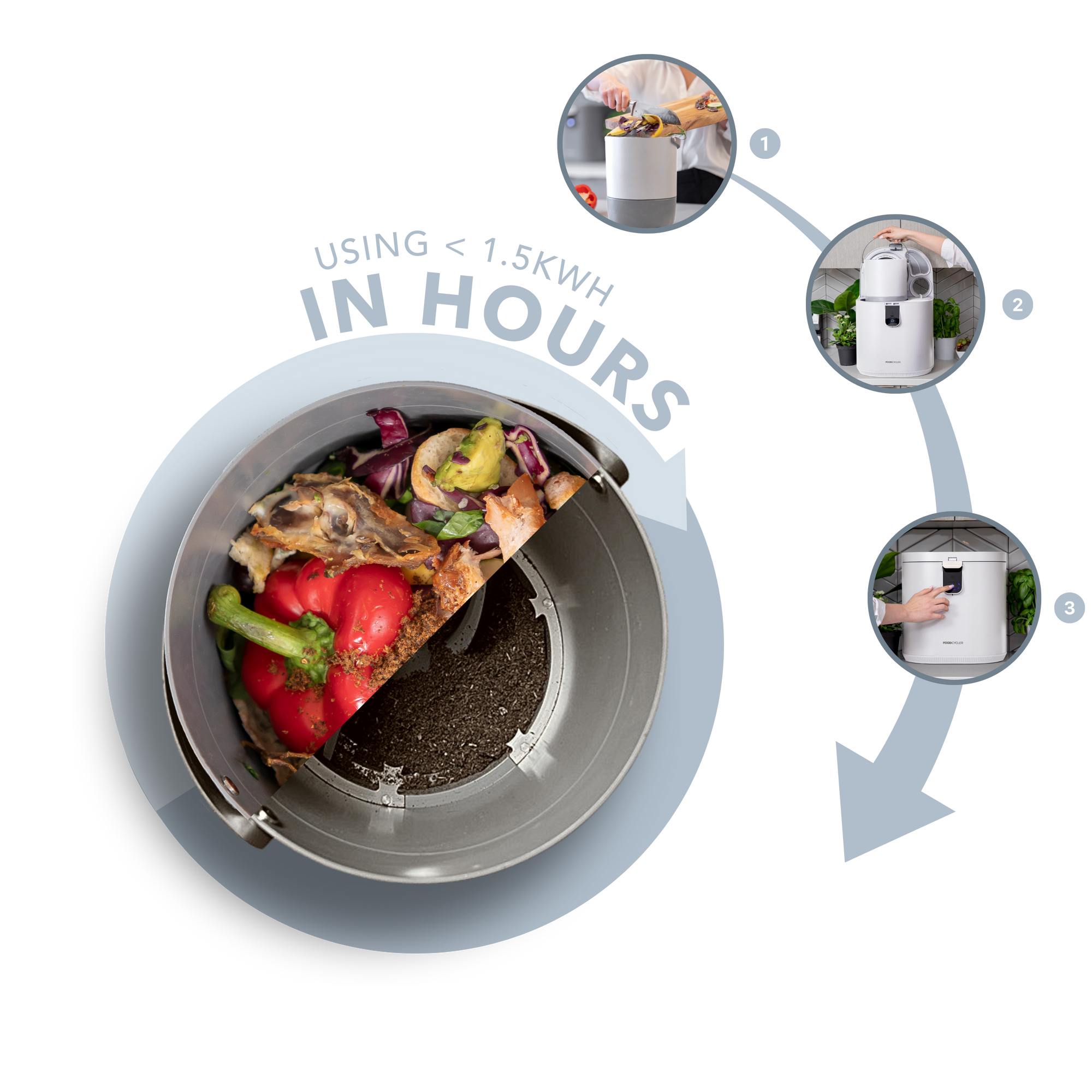
Step One
Place your food waste into The FoodCycler®.
Step Two
The Vortech™ grinding system uses revolutionary technology to pulverize meat, bones, pits, shells, and other food scraps into a nutrient-rich soil amendment.
Step Three
Remove The FoodCycler® bucket and start using your nutrient rich soil amendment at home.
The Future of Food Waste™ is innovative. cutting edge. science-backed. here.
Discover the power of our revolutionary Vortech™ grinding system.

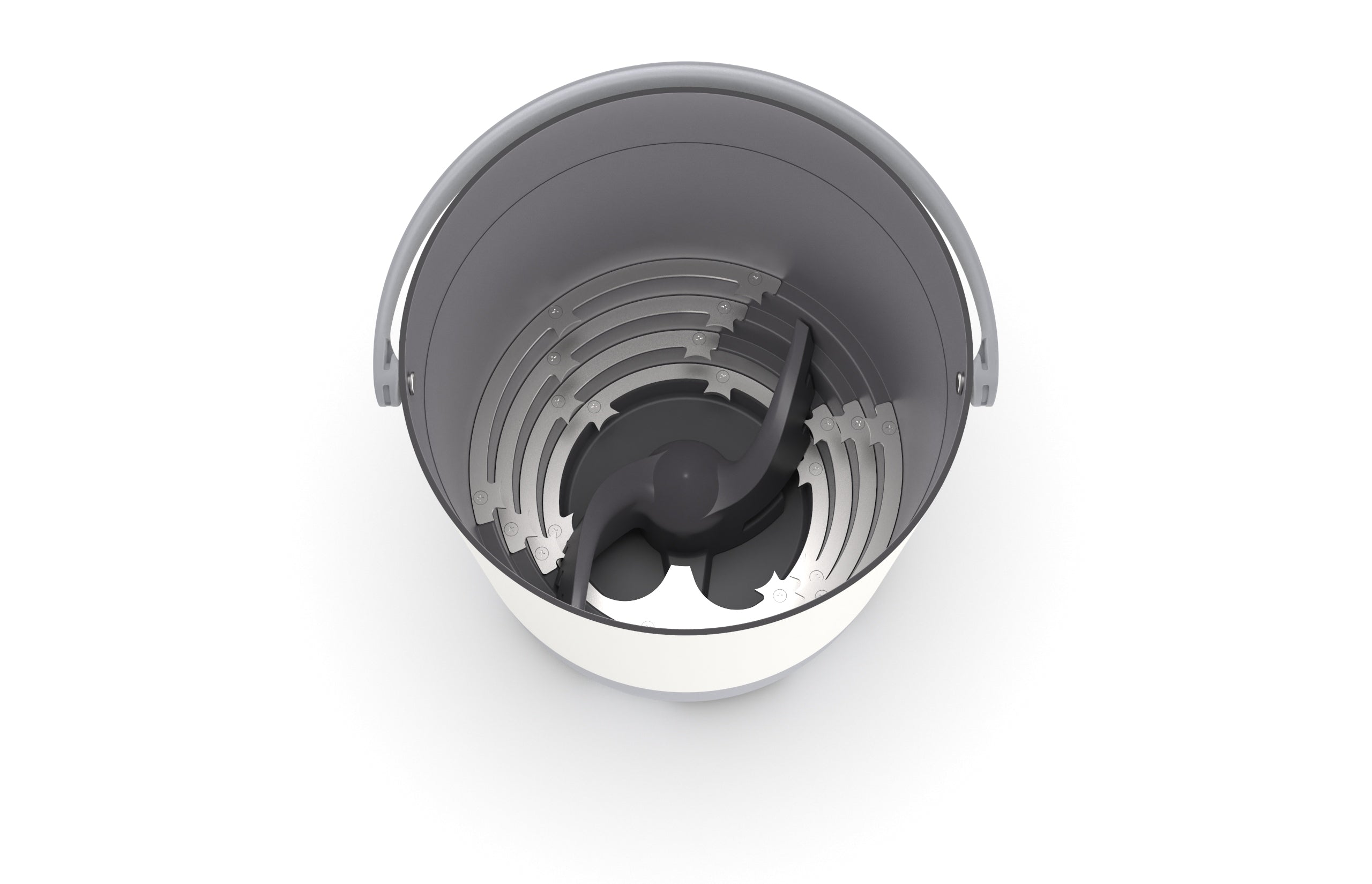
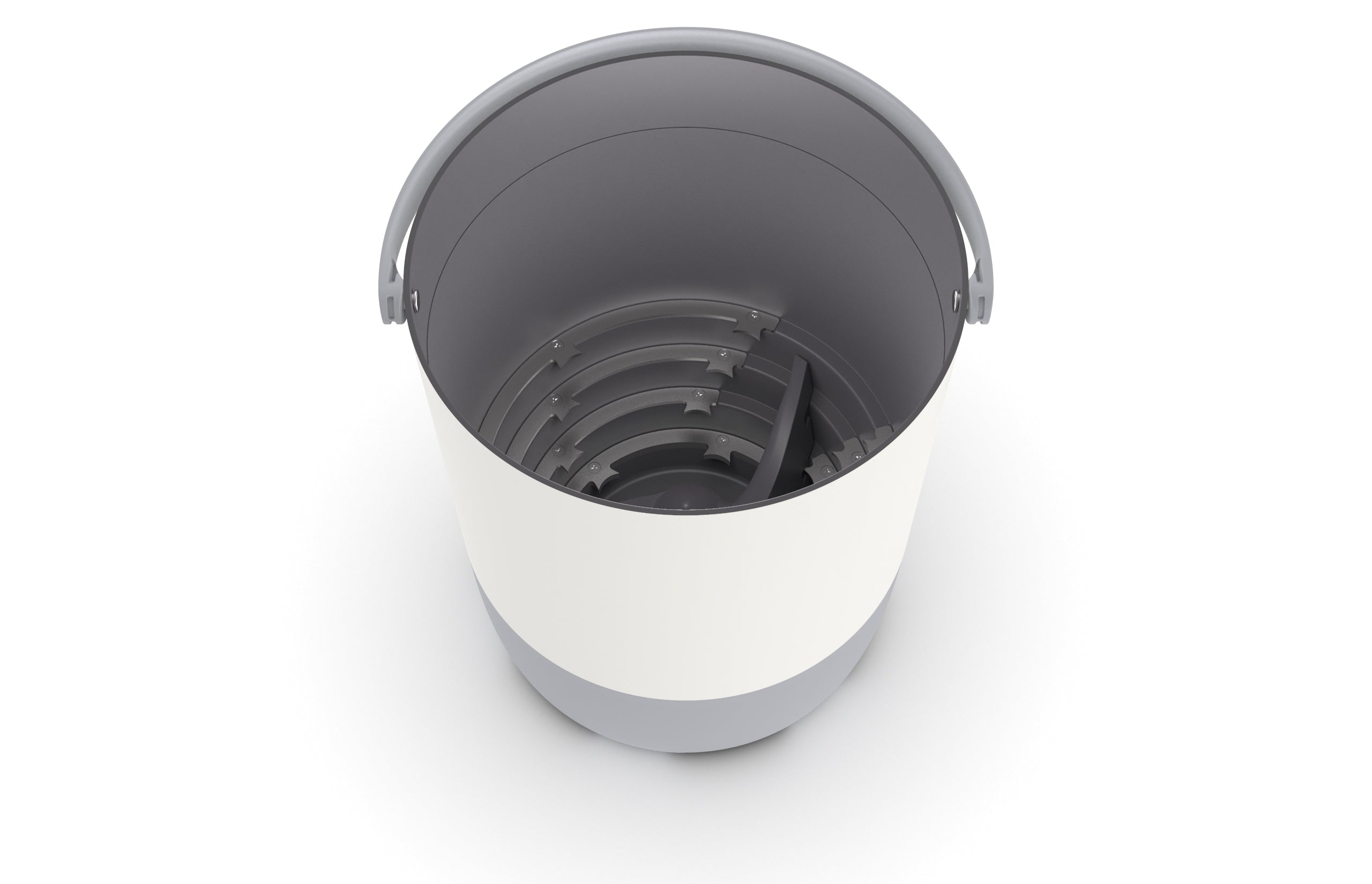
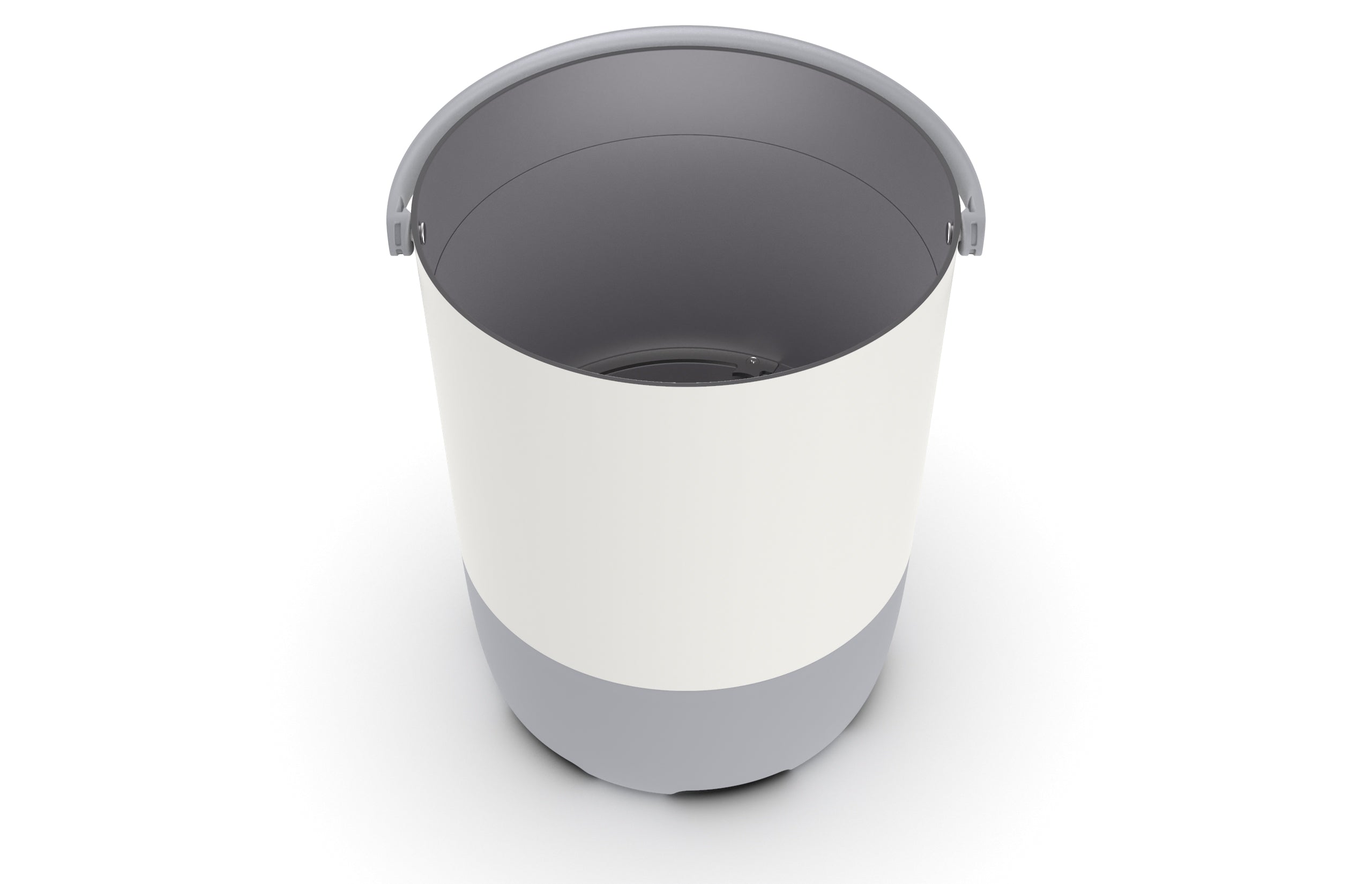
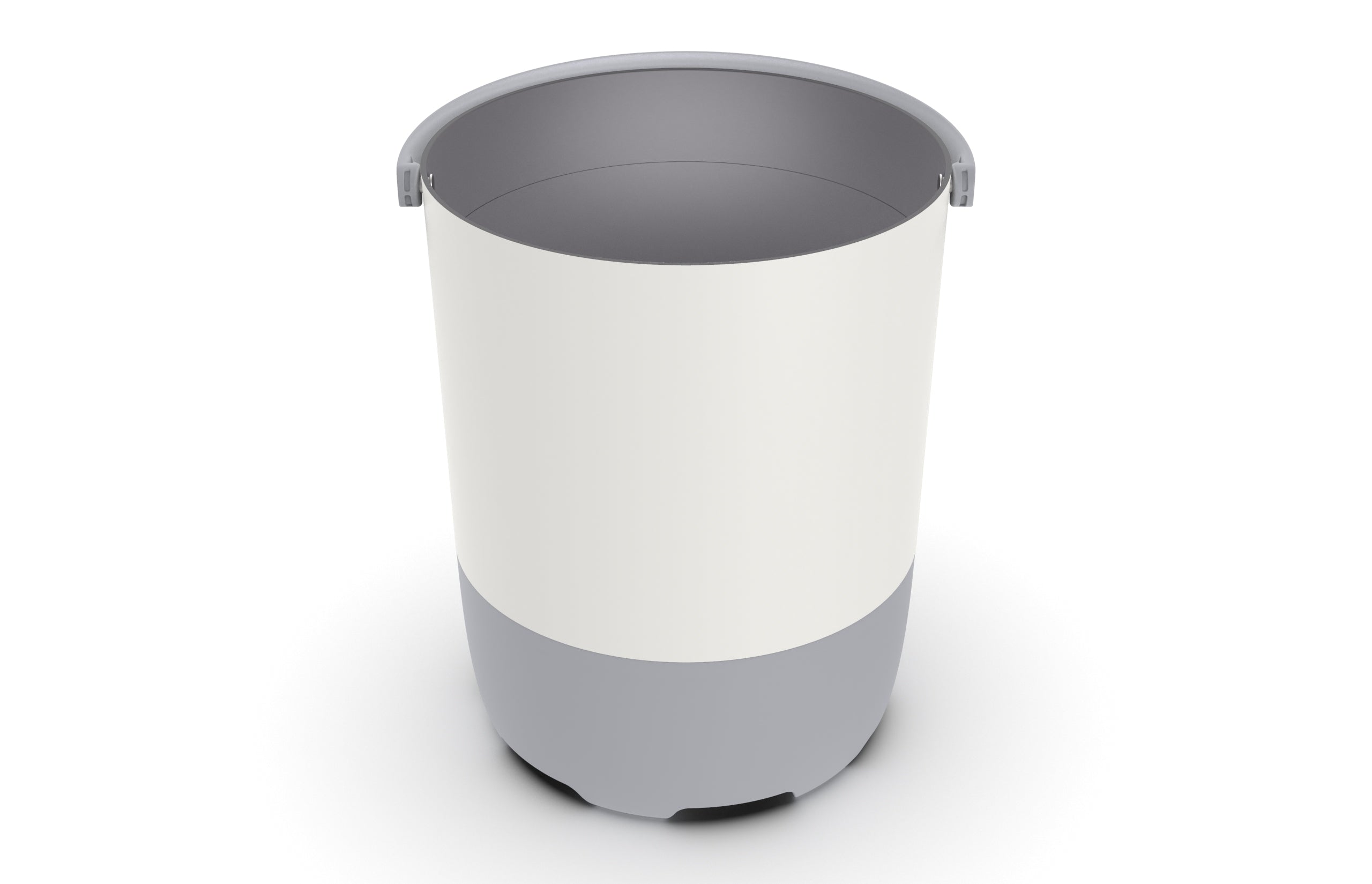

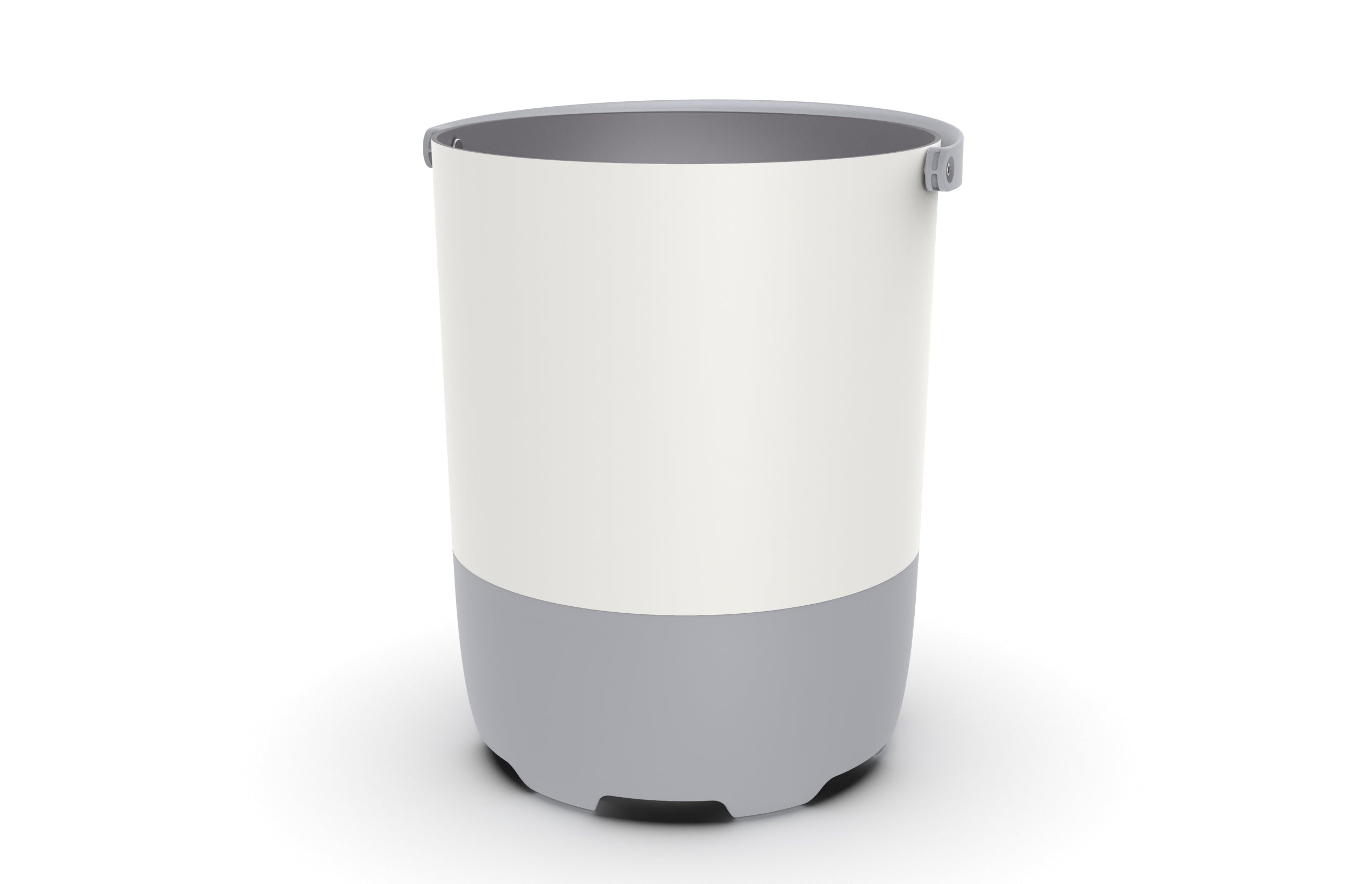


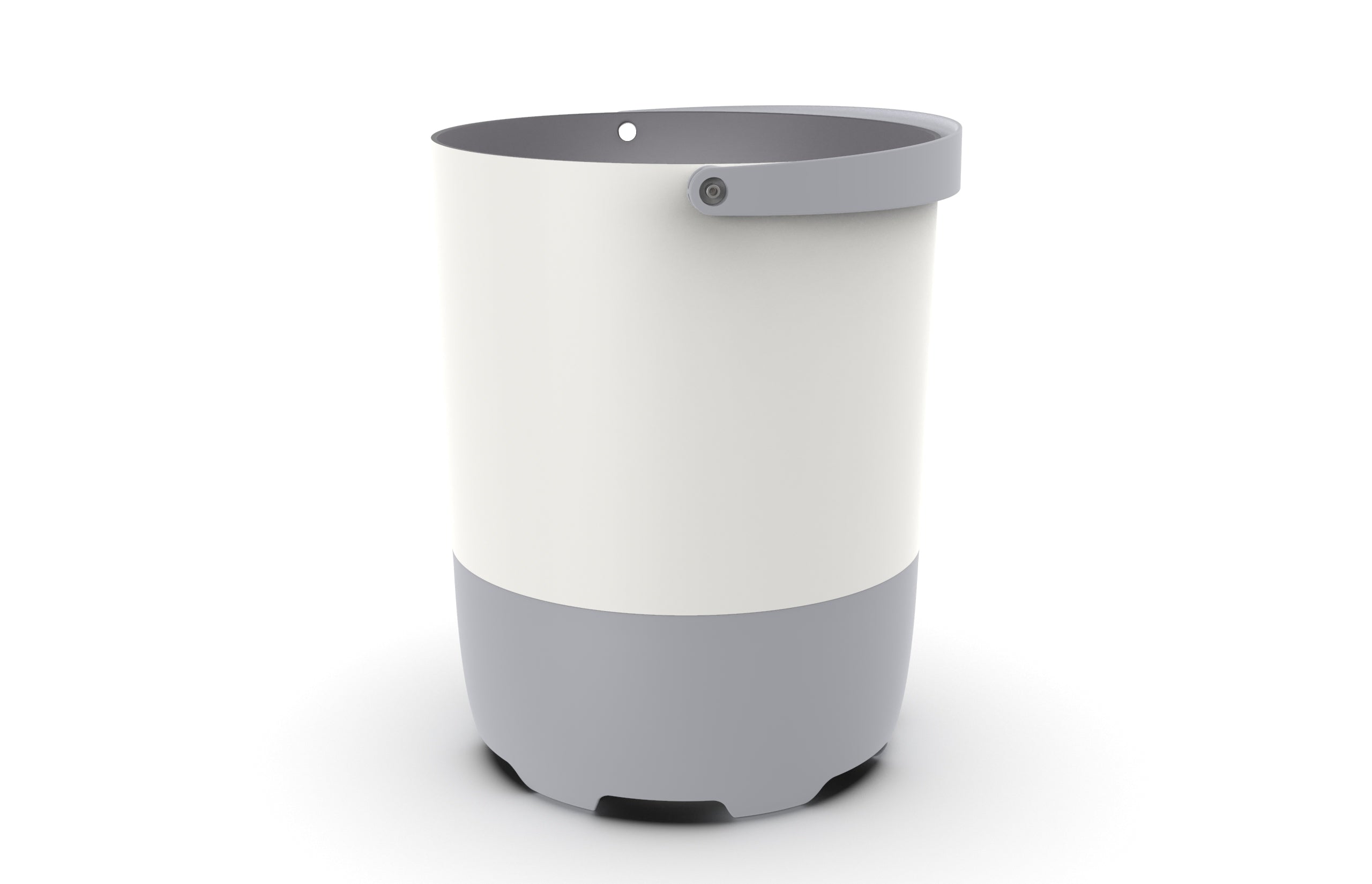
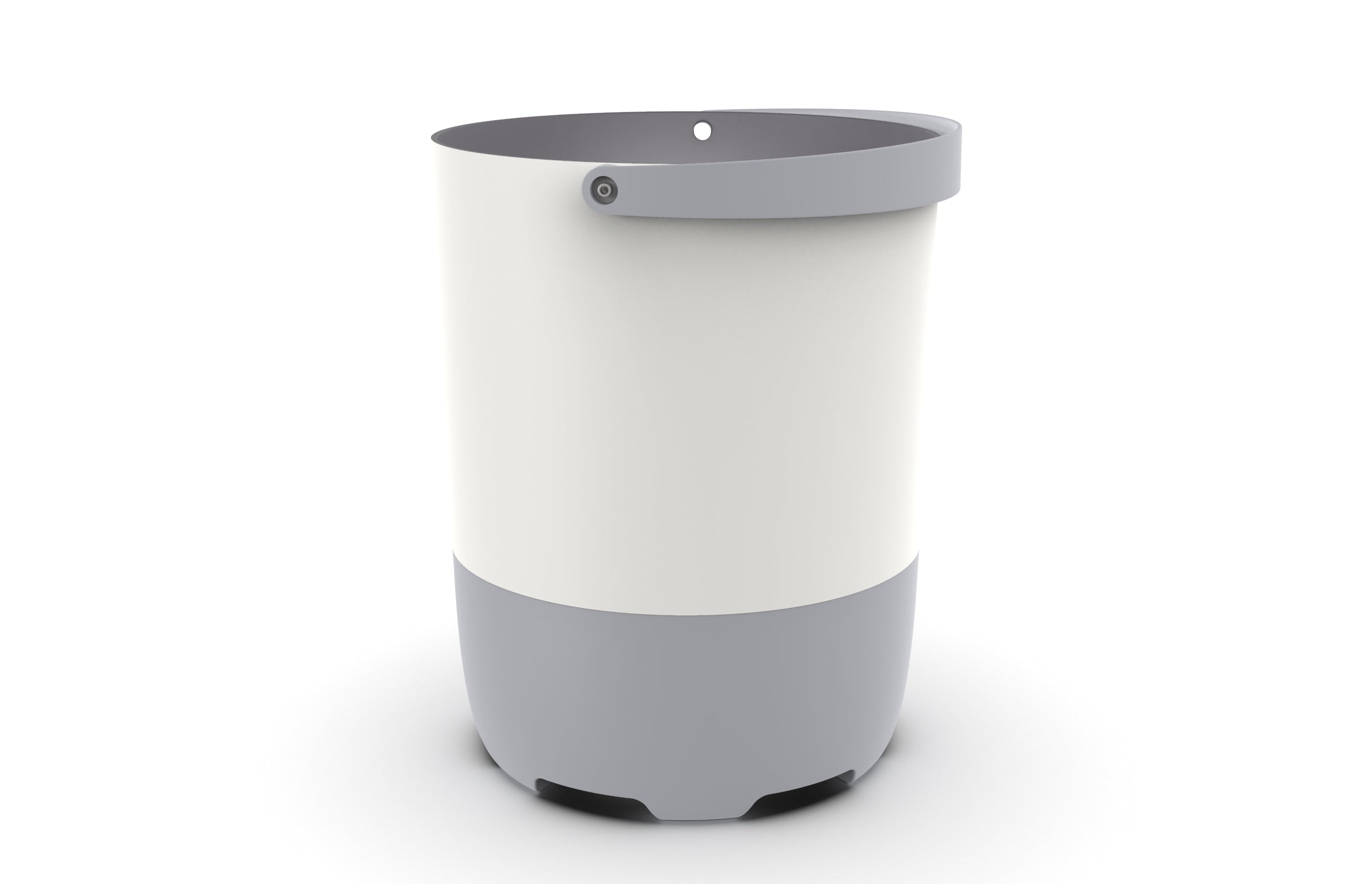
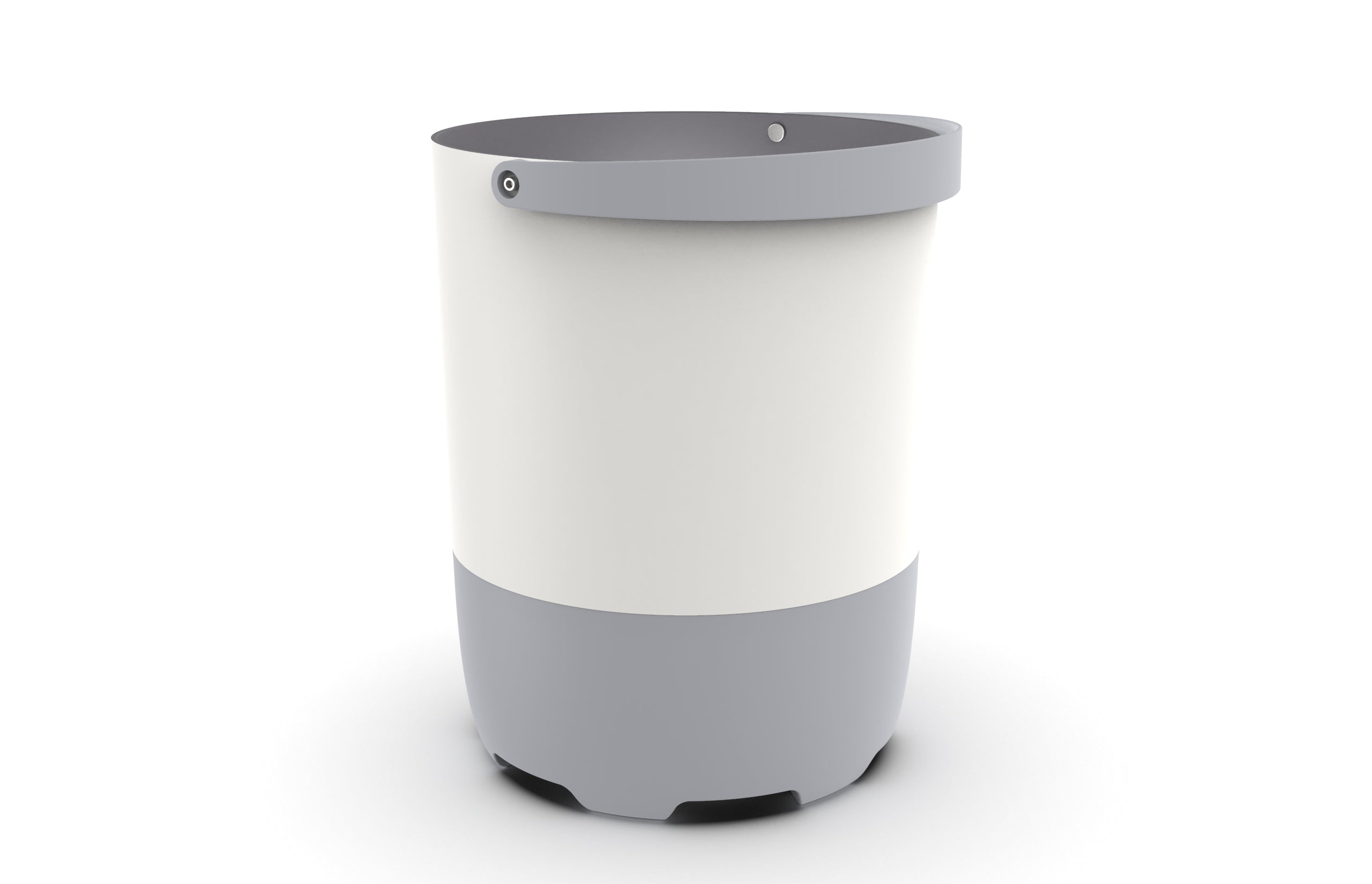
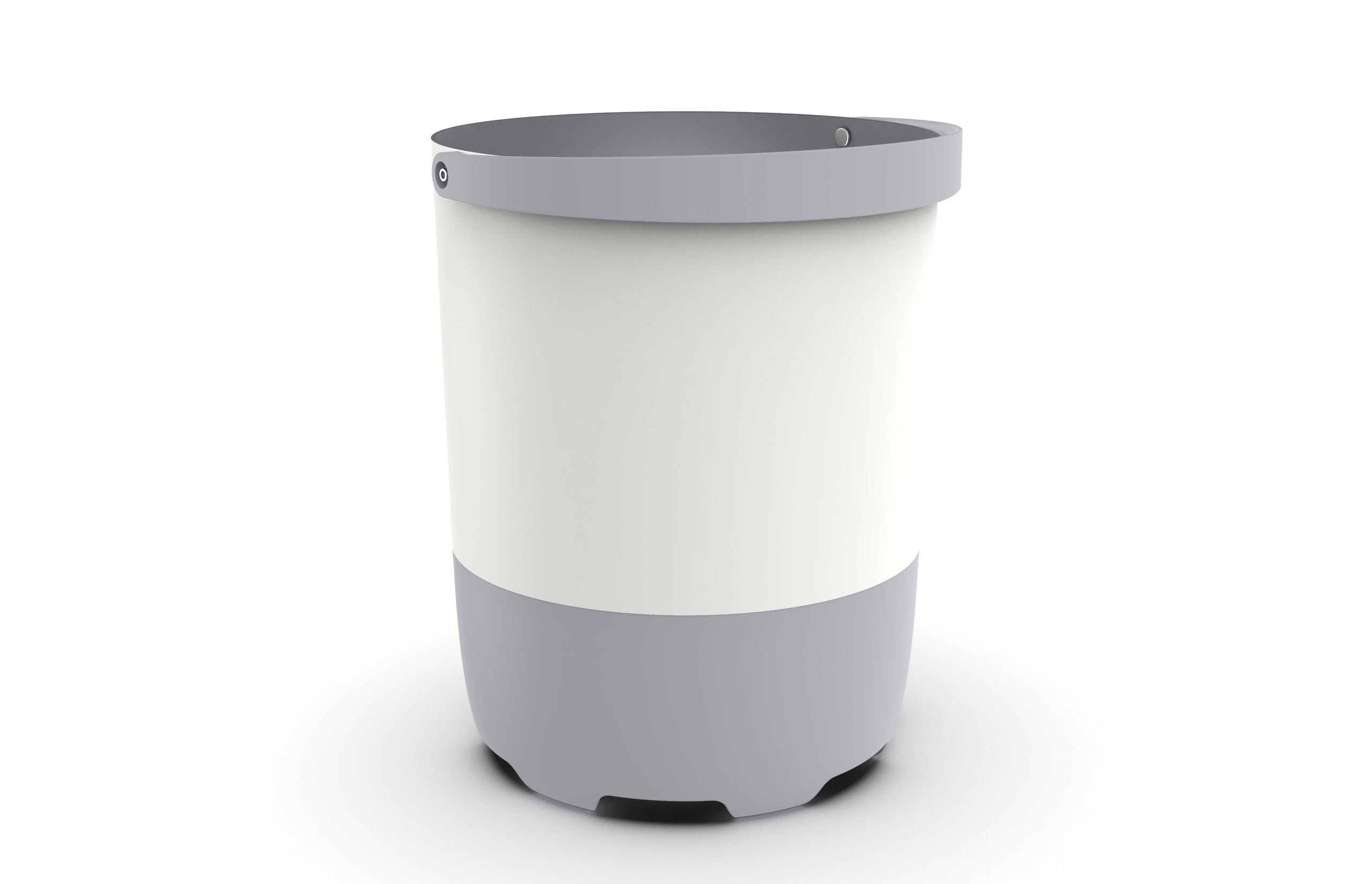
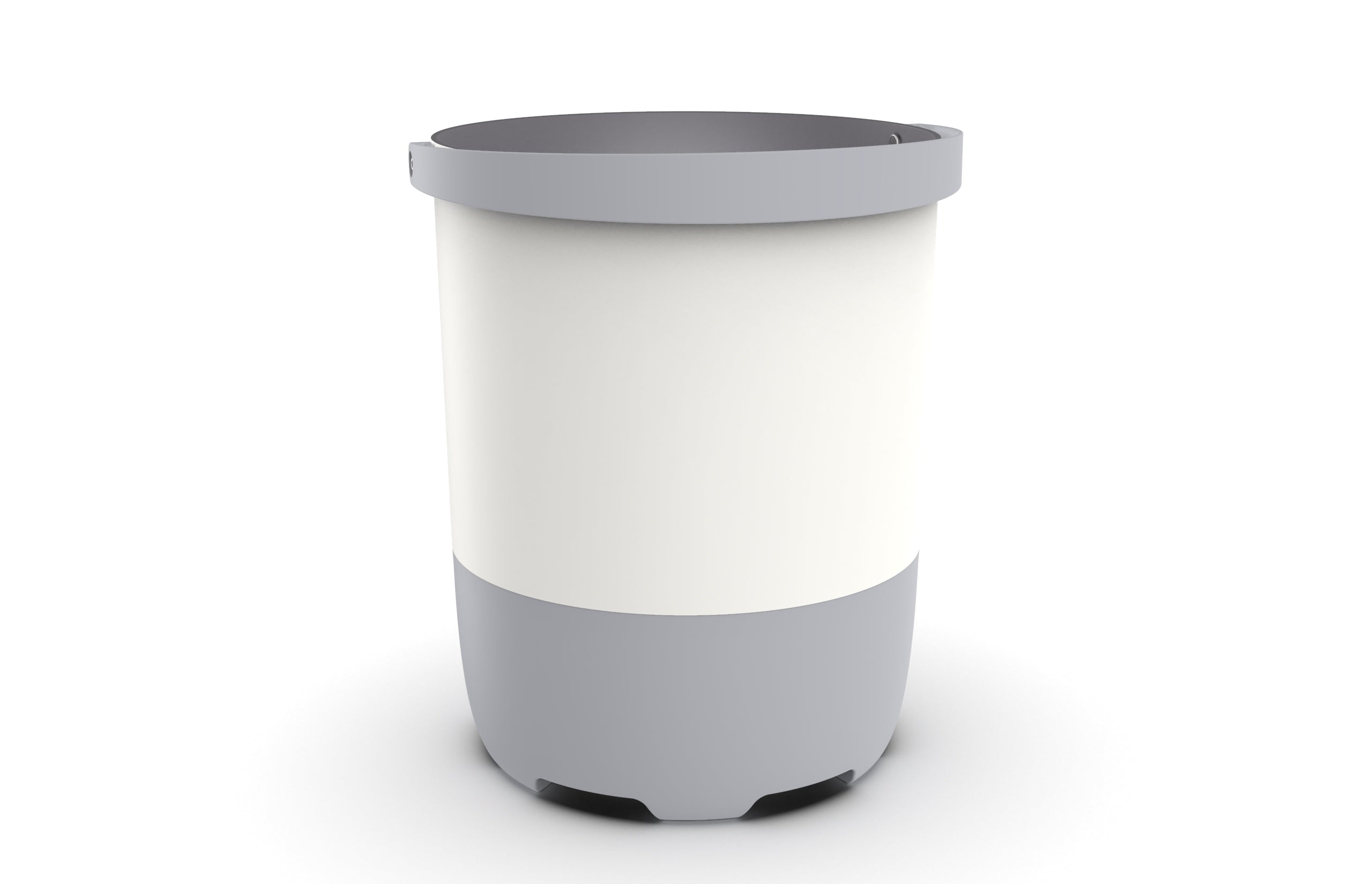
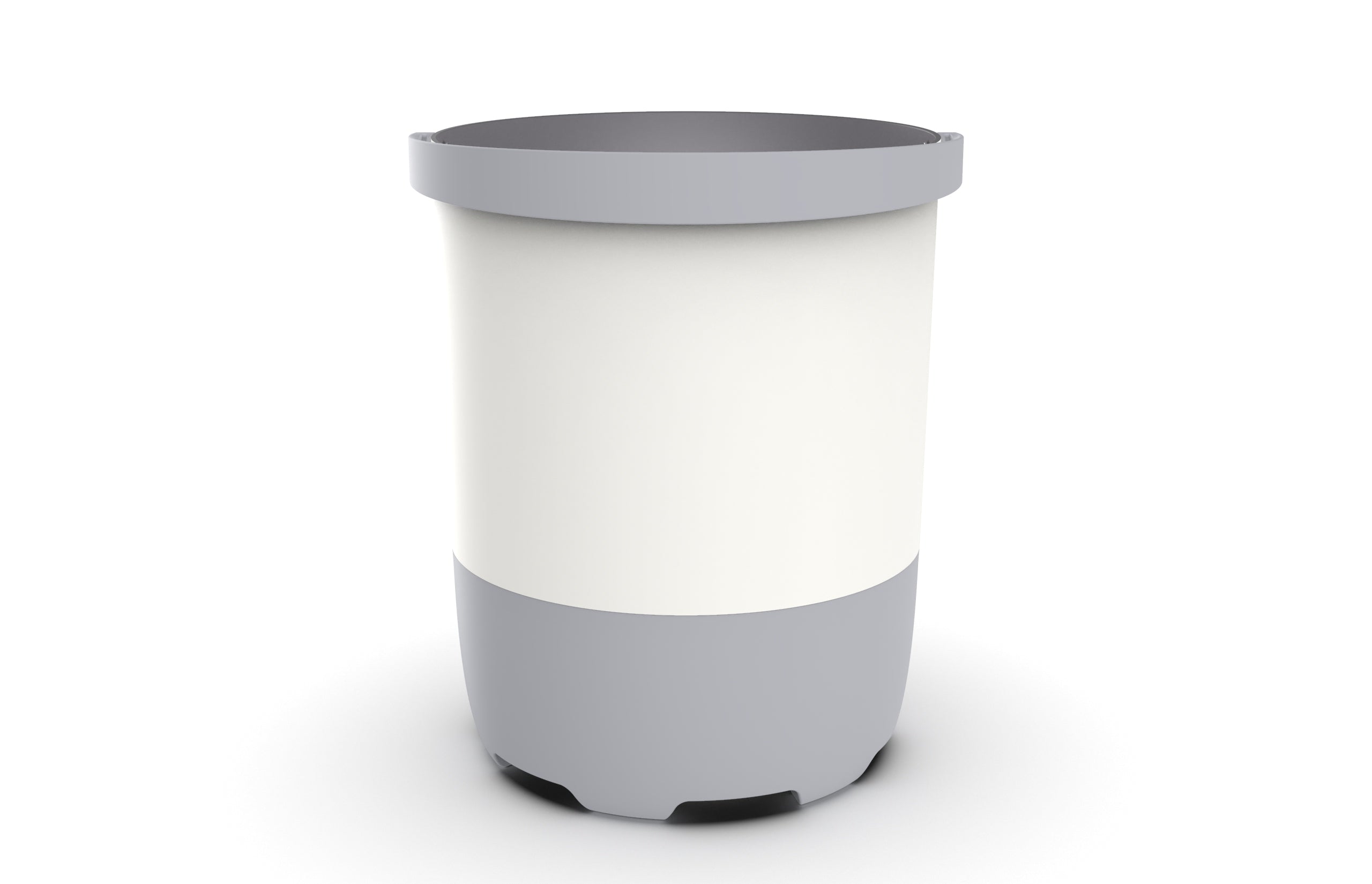
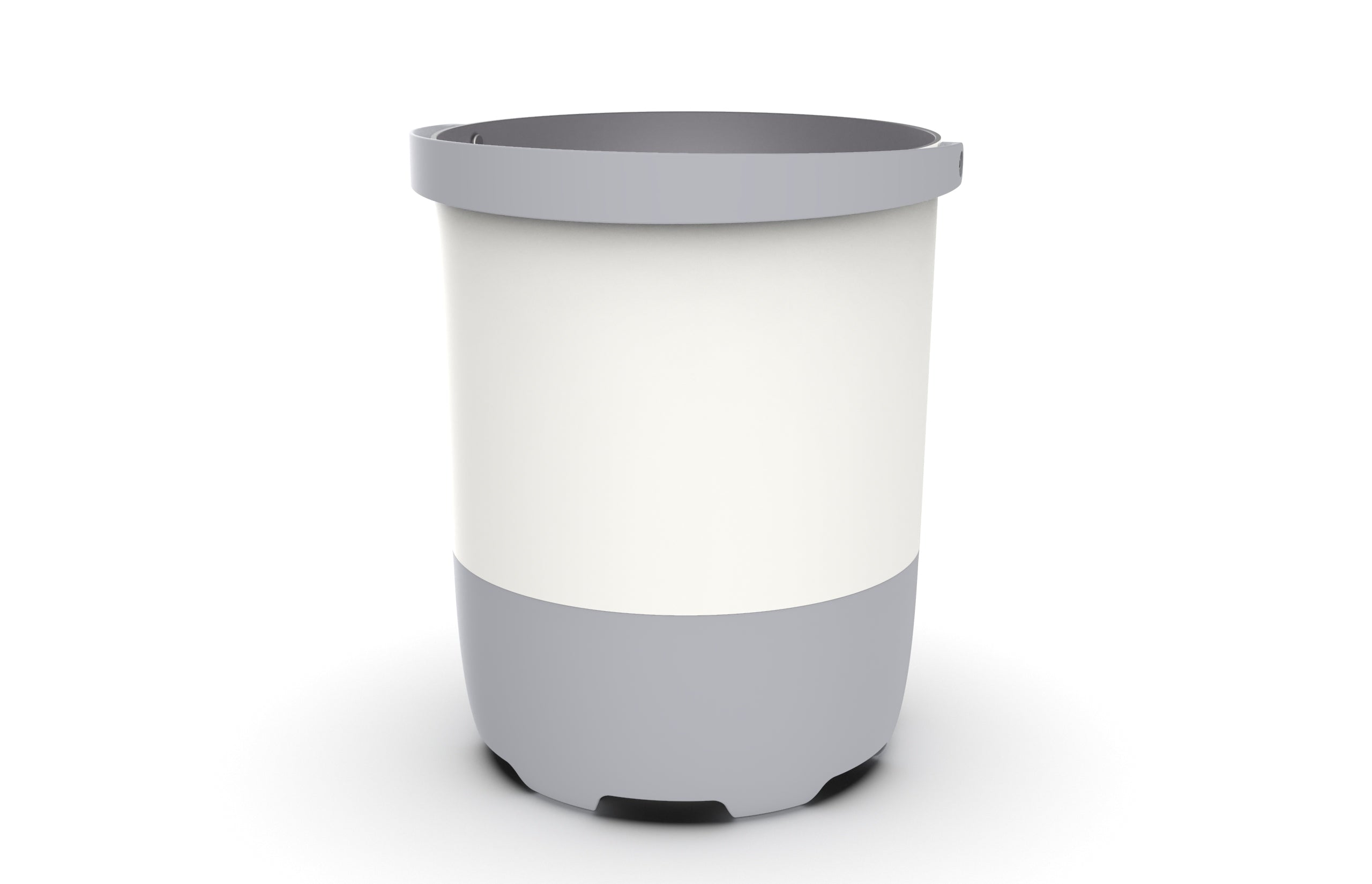
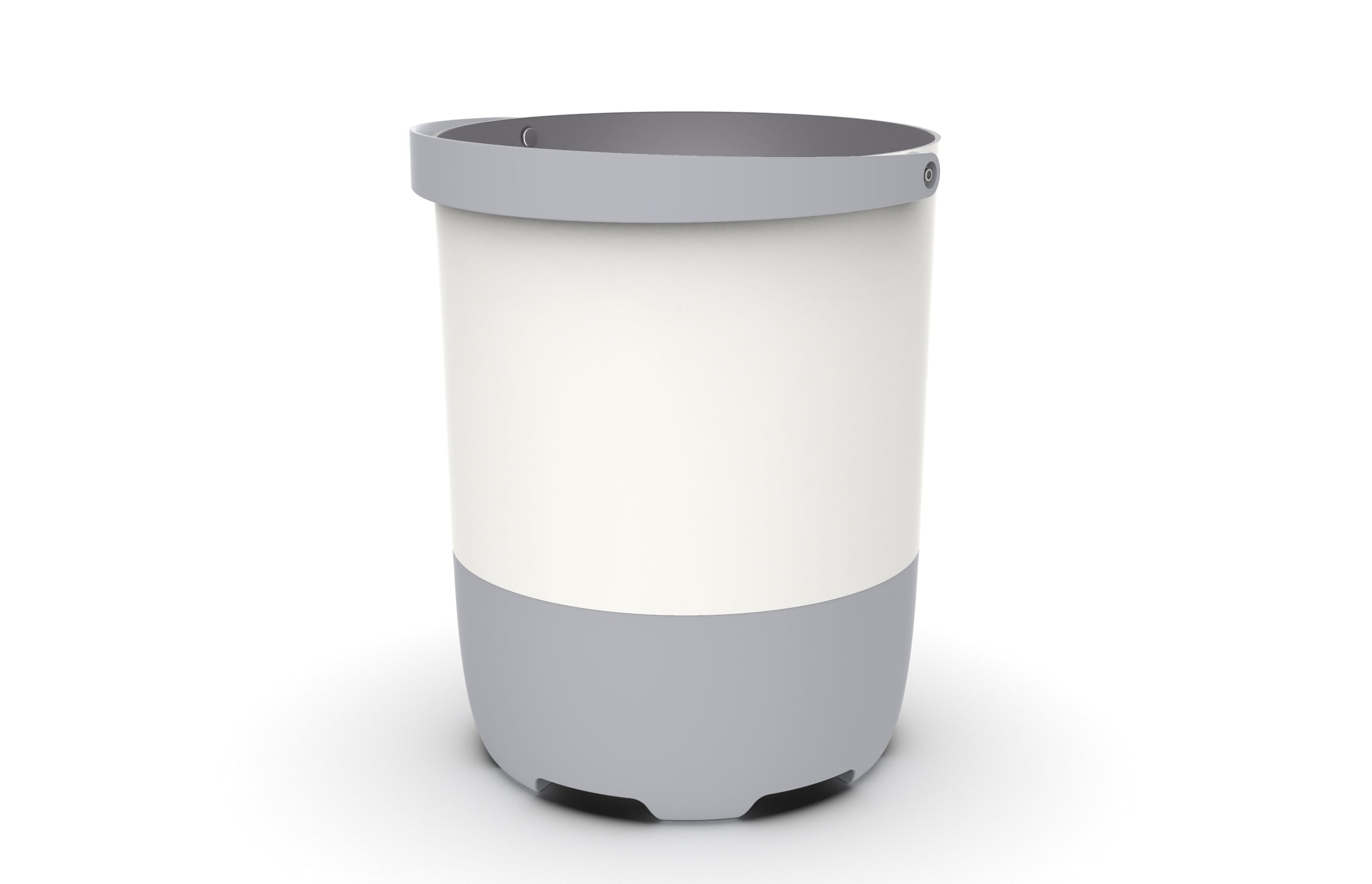
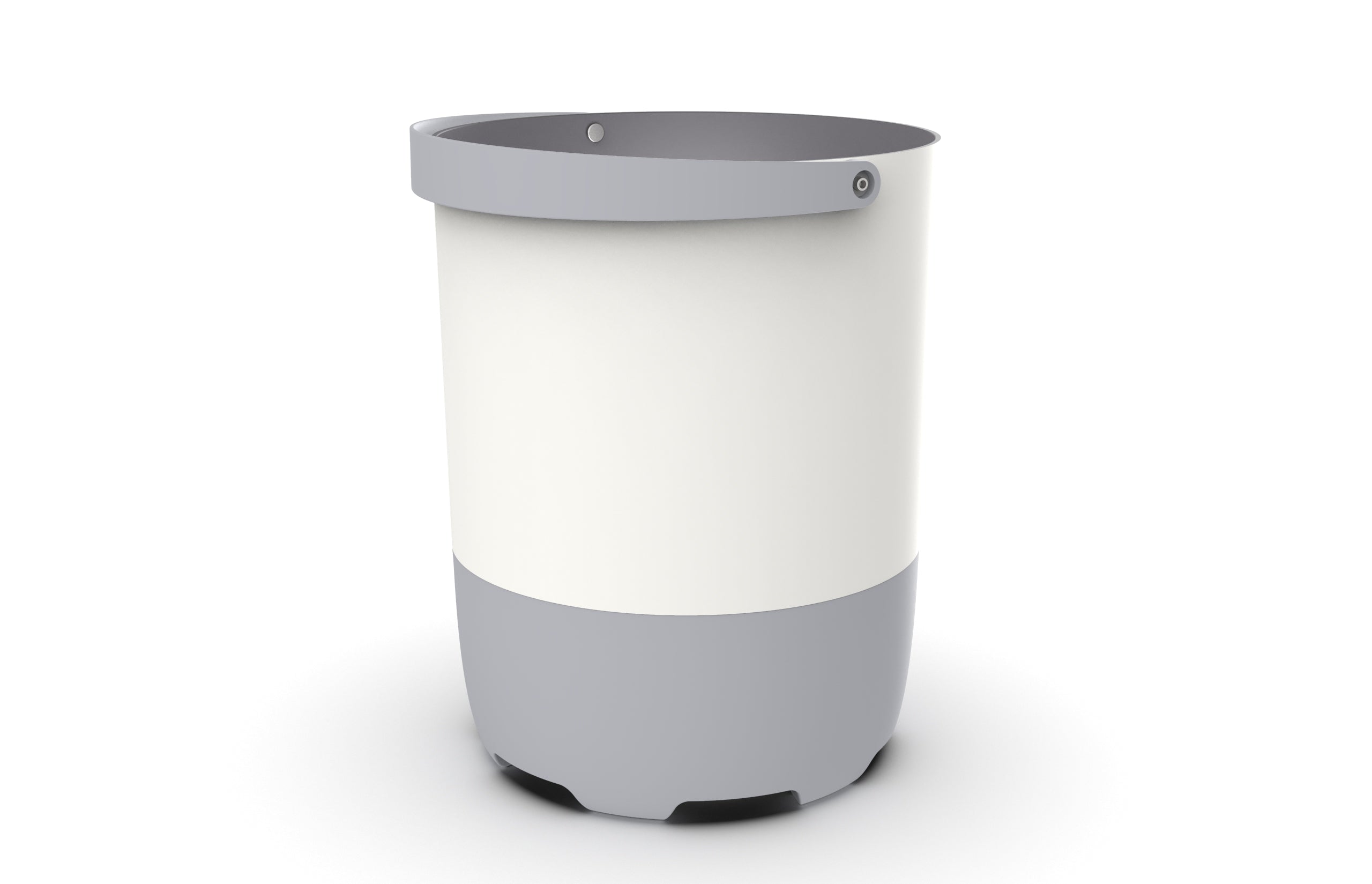
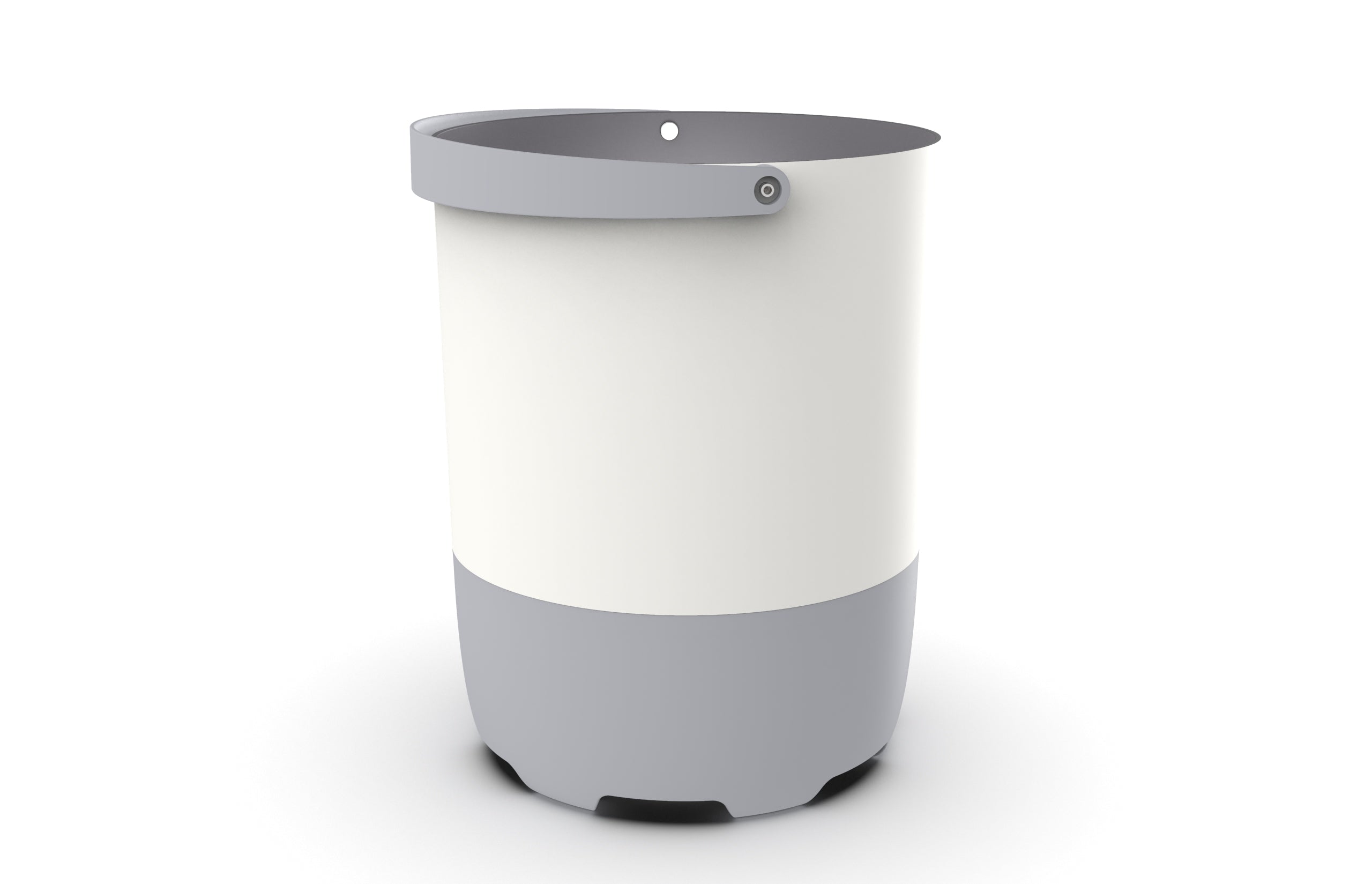
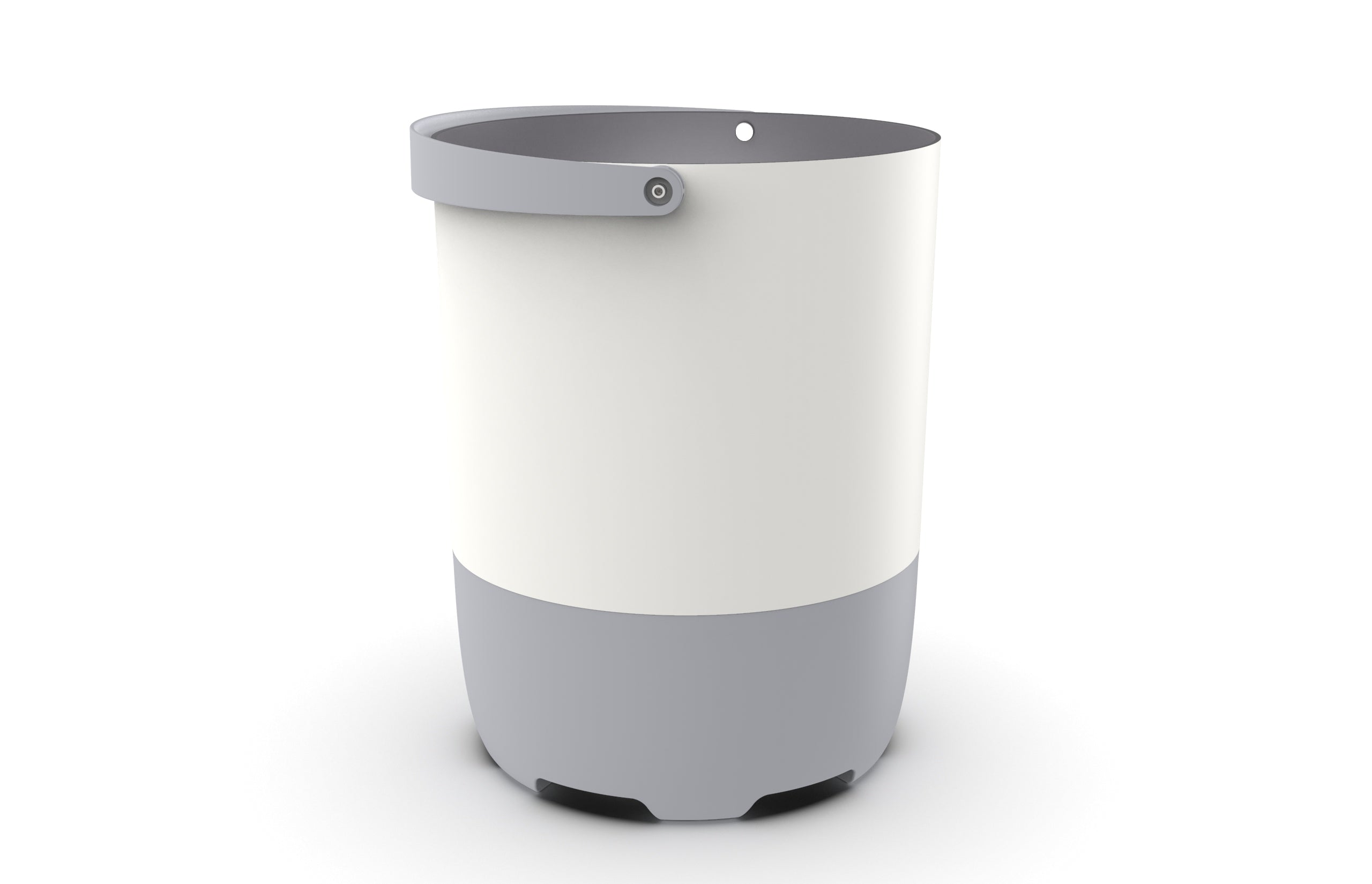
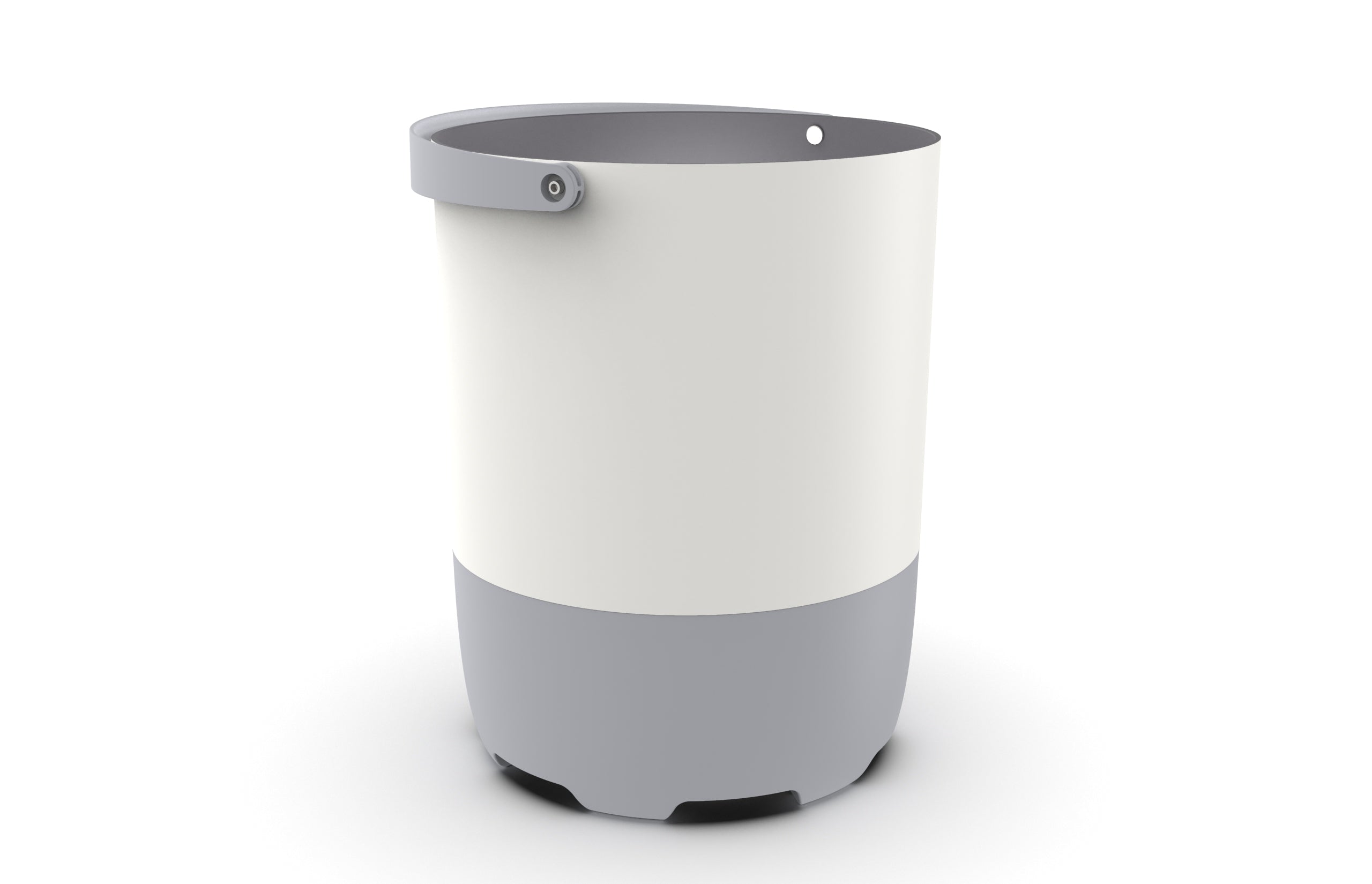

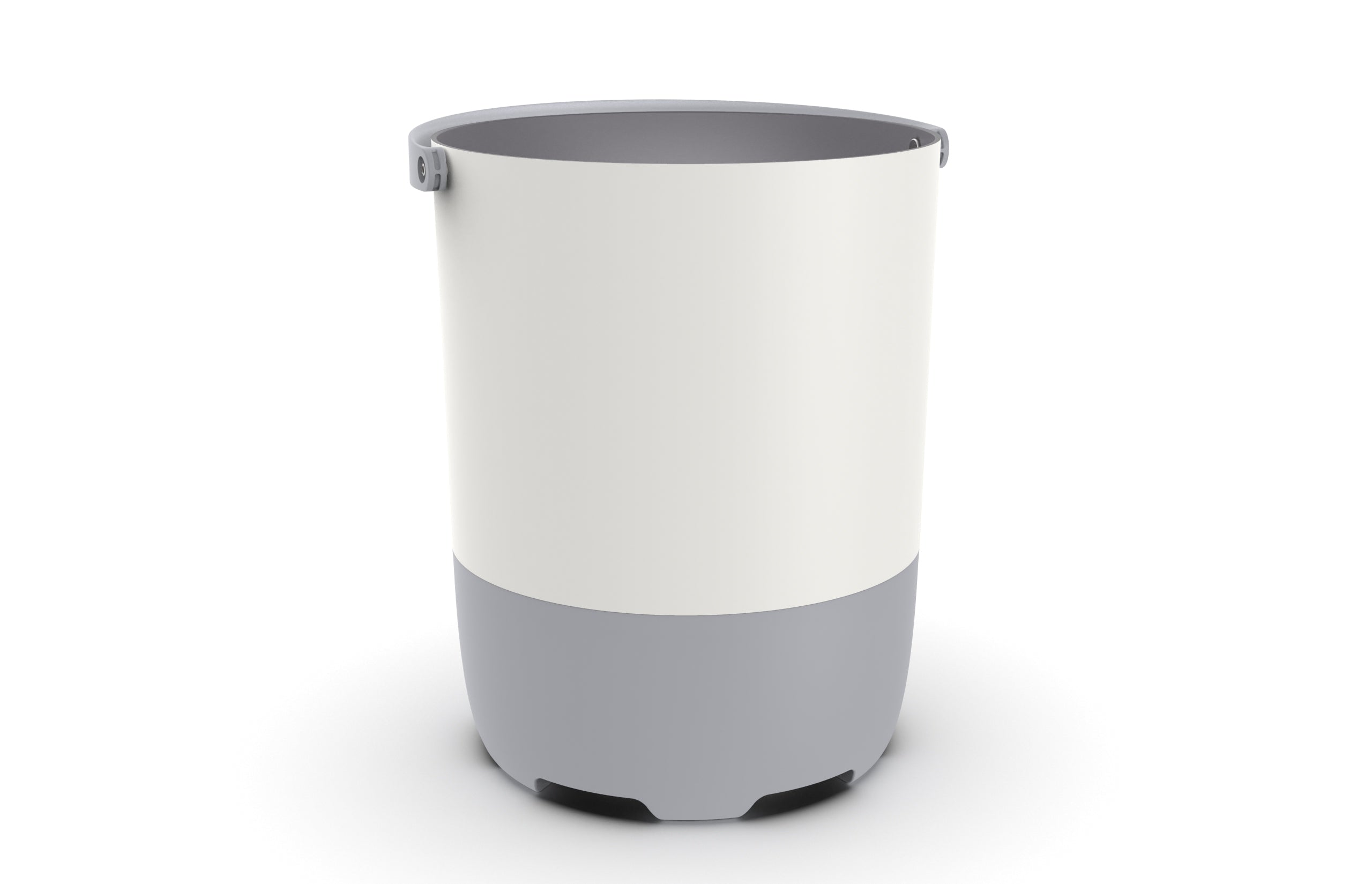
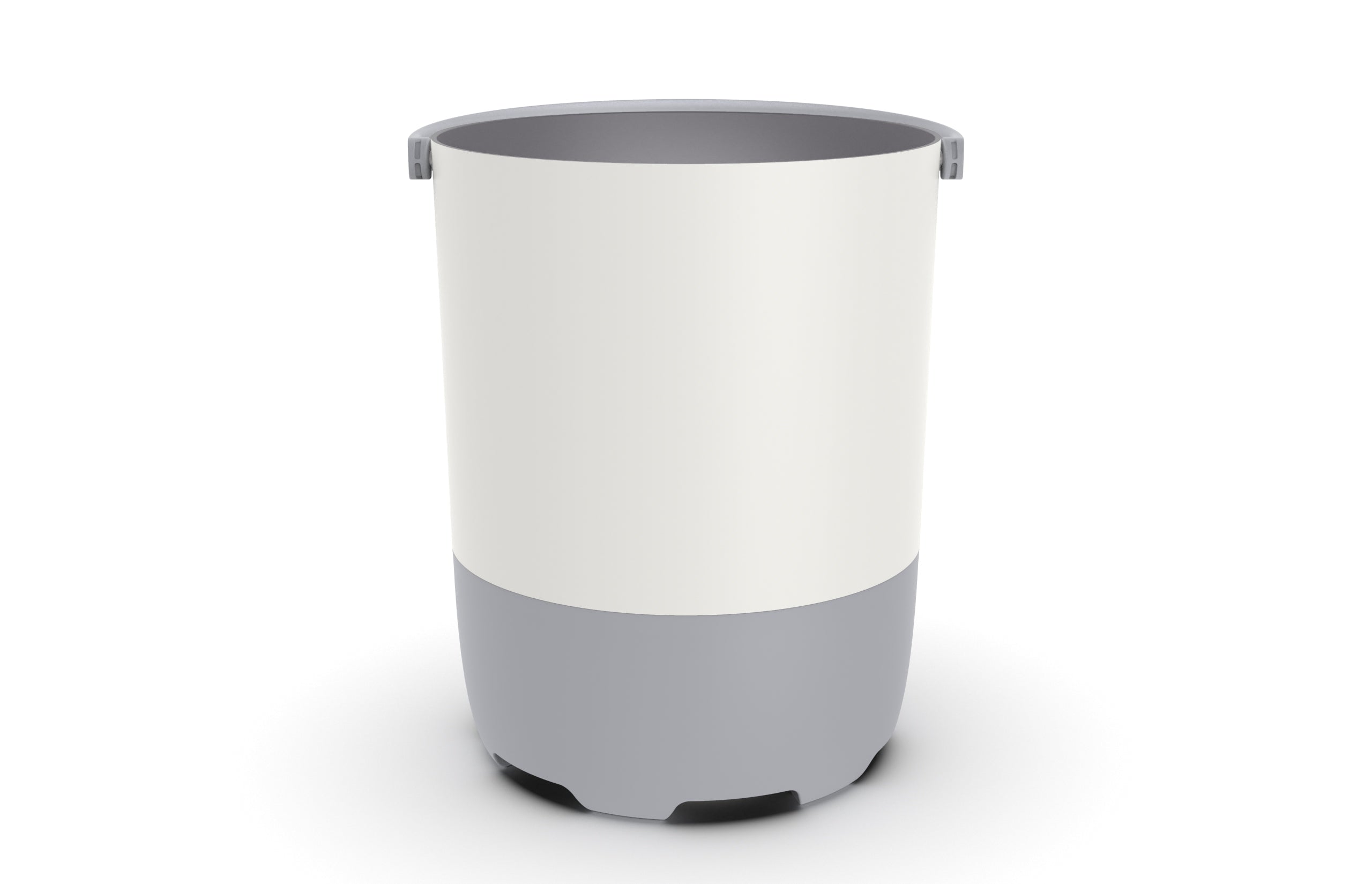
Transform your food waste into Foodilizer™ and feed your garden.
Foodilizer™ is the organic fertilizer produced by The FoodCycler®
You can use right away or store for later
It’s odorless and safe to handle indoors, free of pathogen and bacteria
Scientifically proven to be beneficial for vegetation growth

Annual Carbon Emissions of the FoodCycler® Eco 5
Annual carbon emissions of the FoodCycler® Eco 5™. Emissions from processing and shipping as well as end-of-life only occur once. End-of-life is defined as the removal and disposal of the product and degradation of its constituent materials. Energy consumption was converted to CO2e using the US EPA's eGRID emissions factors and average US electricity source emissions. Methane emissions were converted to CO2e using the100-year global warming potential of methane. Data was collected from a pilot program with over 4,410 residents from 47 Canadian municipalities and a lifecycle analysis performed by ClimatePartner.
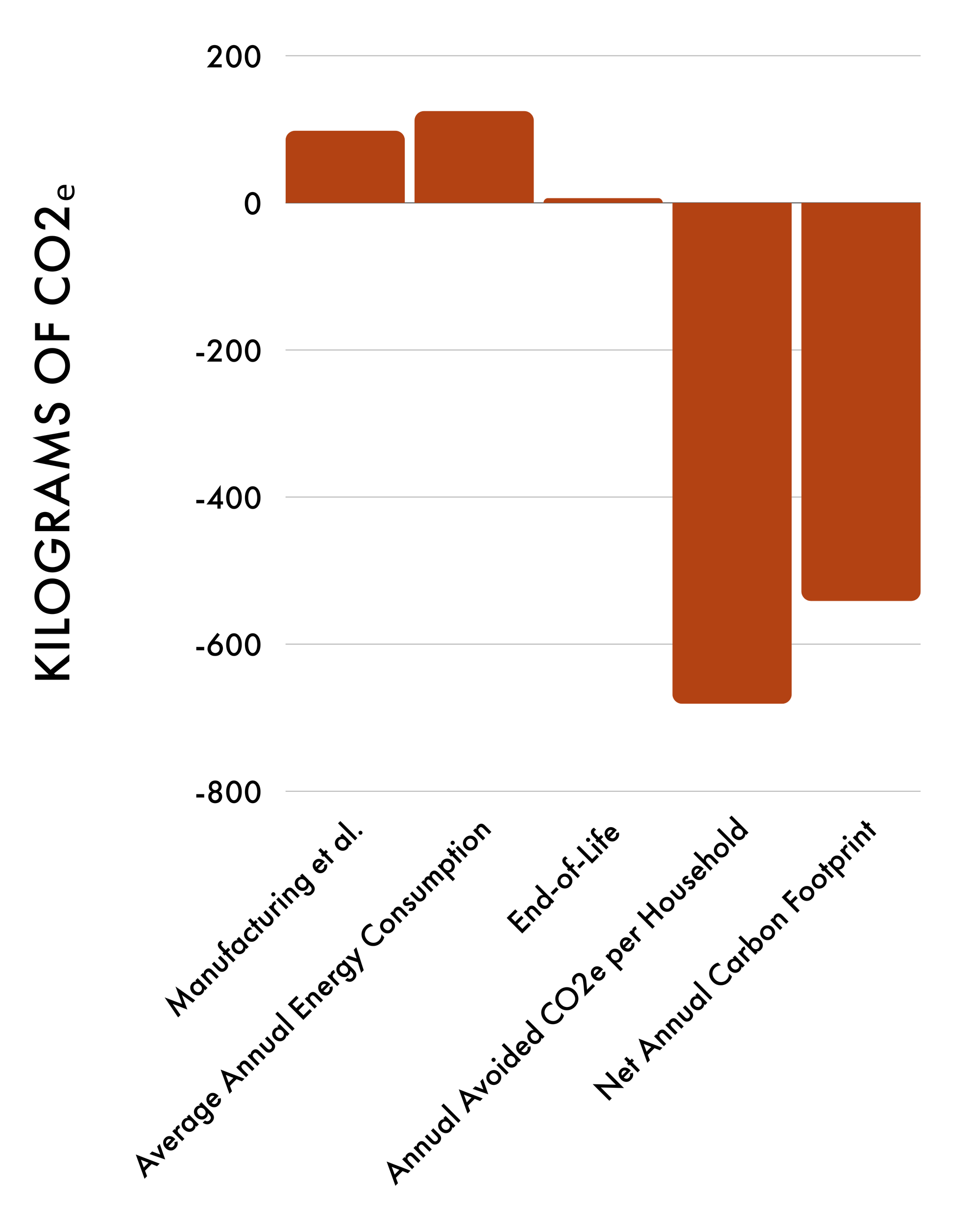
Total Carbon Emissions of the FoodCycler® Eco 5 Over A 7-Year Period
Total carbon emissions of the FoodCycler® Eco 5 over a seven-year period. Emissions from processing and shipping as well as end-of-life only occur once. End-of-life is defined asthe removal and disposal of the product and degradation of its constituent materials. Energy consumption was converted to CO²e using the US EPA's eGRID emissions factors and average US electricity source emissions. Methane emissions were converted to CO²e using the 100-year global warming potential of methane. Data was collected from a pilot program with 4,410 residents from 47 Canadian municipalities and a lifecycle analysis performed by ClimatePartner.

Getting started.